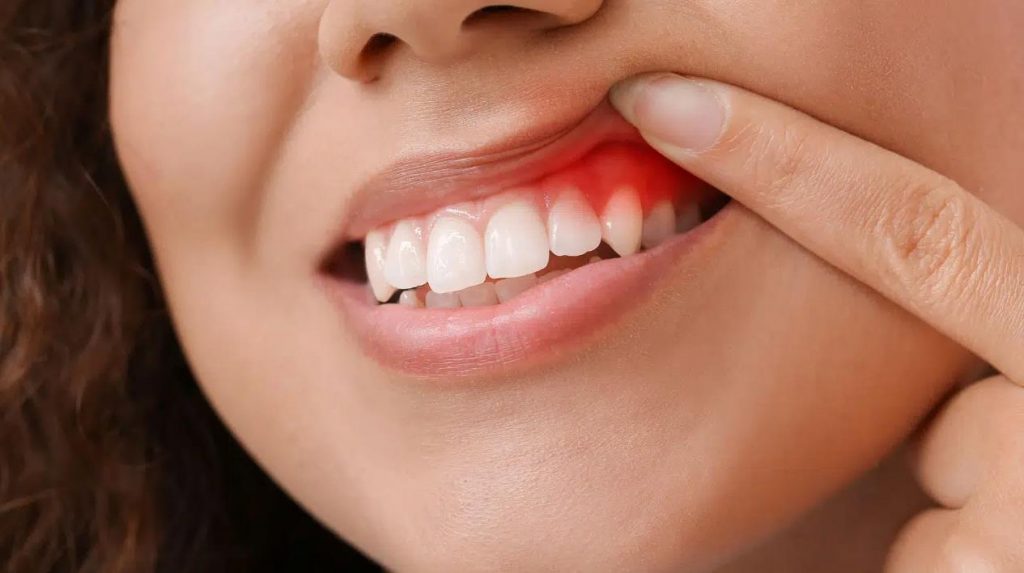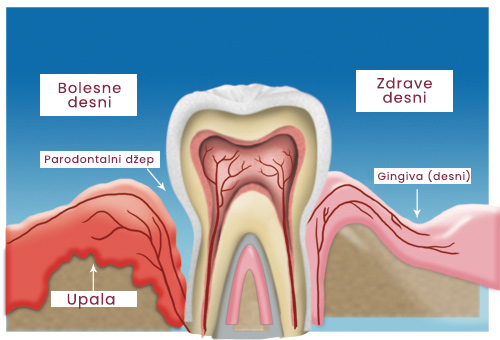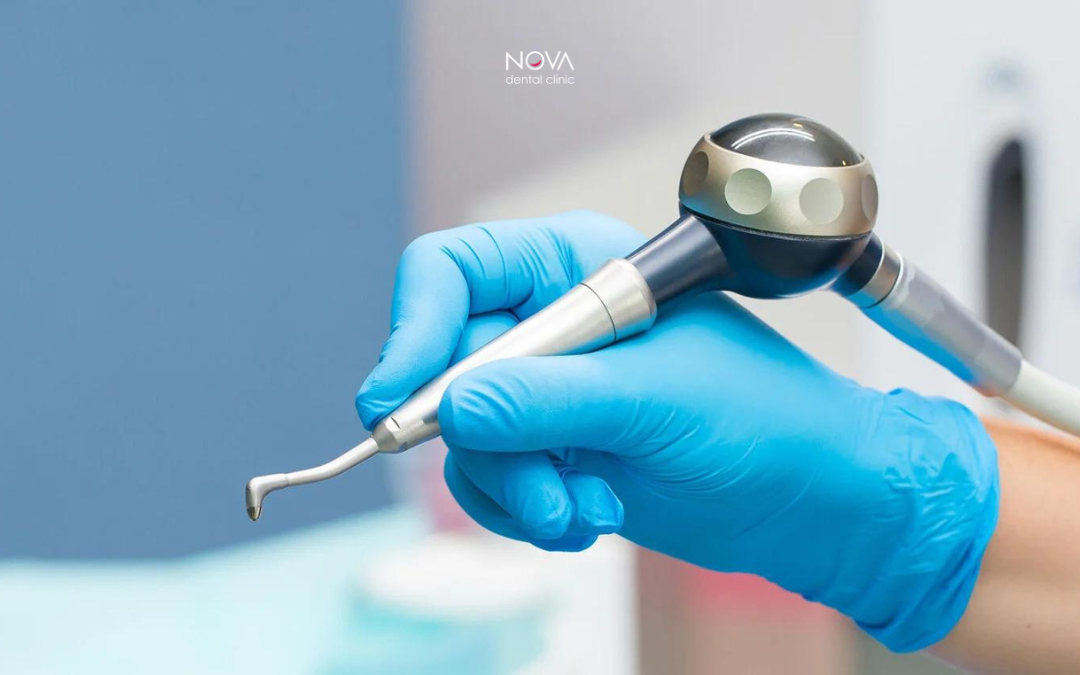In dentistry, when we say someone has deep pockets, we don’t mean it in the same way as the saying “deep pockets,” which implies wealth, but rather the condition of the structures surrounding the teeth!
The periodontium refers to the tissues surrounding the teeth, which enable them to stay firmly in place and perform their function for many years. However, periodontal tissues are highly susceptible to disease, affecting nearly one billion people worldwide, or 14% of the global population. This specific disease is the leading cause of tooth loss in adults and is linked to other conditions such as diabetes, heart disease, and pregnancy complications. Almost every second man over 30 has some form of gum disease which progresses with age.
Could you be one of them? Read today’s blog to learn all about periodontal pockets, the silent enemy of our teeth!

What is a periodontal pocket?
Under normal circumstances, teeth are firmly “embedded” in the bone and surrounded by gum tissue. That’s why diseases affect the gums first, leading to tissue destruction and the formation of spaces between the teeth and gums called periodontal pockets. Periodontal pockets are open spaces around the teeth, located below the gumline. Due to their position, they are prone to bacterial accumulation, causing bone damage around the teeth. This deepens the pockets and allows the disease to progress further.
If left untreated, periodontal pockets can eventually cause tooth loss and negatively impact overall health.

How does a periodontal pocket develop?
The good news is that not every periodontal pocket will immediately cause permanent damage to the tissues around the tooth.
The process of periodontal pocket formation begins with the inflammation of gums, known as gingivitis, which results from gum infection caused by dental plaque. Plaque is a sticky buildup of bacteria and food debris that forms on teeth after eating. If plaque remains in the mouth, it leads to inflammation, infection, advanced gum disease, calculus buildup, and tooth discoloration.
When gingivitis goes unnoticed, it often progresses into a severe form of periodontal disease called periodontitis. During this process, plaque continues to “erode” the gum tissue and the underlying bone, further deepening the pockets.
Risk factors for developing periodontal pockets include:
- Diet and drinks high in refined sugars
- Genetics and heredity
- Smoking
- Hormonal changes due to pregnancy or menopause
- Stress
- Aging
- Certain medications which cause dry mouth
- Diabetes
- Obesity linked to insulin resistance
- Vitamin C deficiency
- Cardiovascular diseases
- Conditions causing significant immune suppression, such as cancer, HIV, or leukemia
- Crohn’s disease
- Rheumatoid arthritis

How are periodontal pockets diagnosed?
During a routine dental exam, your dentist will measure the depth of the pocket between your gums and teeth. Pocket depth is measured in millimeters using a special periodontal probe.
The depth can range from 1–3 mm, which is considered normal, to pockets as deep as 12 mm, indicating advanced periodontal disease.
Pockets measuring 4–12 mm should raise concerns, as no toothbrush can clean those depths, therefore professional cleaning methods are required.
If your gums are red, swollen, and bleed, a detailed examination by a dentist will determine the necessary therapy to treat the condition.

What symptoms does it cause?
Periodontal pockets often go unnoticed by patients, earning their reputation as a silent condition. Patients often seek help in advanced stages when they notice loose teeth, pain, or pus around the teeth.
However, certain symptoms may indicate a problem. Patients may notice:
- Red, slightly swollen gums that bleed easily when brushing their teeth
- Gum recession, exposed tooth roots, and a straight gumline above the teeth
- Bad breath
- Changes in bite or tooth alignment
- Pain while chewing
- Loose teeth in the later stages
How do we treat periodontal pockets?
Treatment depends on the depth of the pockets and the condition of the gums and the surrounding bone.
Periodontal pockets treatment methods include:
- Ultrasonic calculus and plaque removal in the dental office reduces gum inflammation and has a beneficial effect on shallower pockets. This, combined with impeccable at-home oral hygiene, including brushing twice daily, flossing, using interdental brushes, and a water flosser, ensures optimal care. Dentists may also prescribe antibacterial mouthwashes if needed.
- Pocket curettage – Involves deep cleaning and polishing of the tooth roots with special manual curettes and files, removing the damaged tissue, and rinsing the pockets with antibacterial solutions to reduce bacteria, smooth the root surface and reduce the depth of the pocket. In certain cases, the dentist may also prescribe antibiotics to further suppress the infection.
- Surgical pocket treatment – the so-called “flap” surgery – involves surgically lifting the gums to directly access the tooth roots for “deep cleaning” of the tissue and the surrounding bone. This method will be recommended by your dentist in cases of advanced periodontitis, while teeth can still be saved, pockets reduced, and teeth stabilized.

Our advice
They say that prevention is half the battle, and regular six-month dental check-ups can be halfway to preserving your teeth. Brushing twice a day with fluoride toothpaste, using dental floss, interdental brushes, or a water flosser for cleaning interdental spaces, reducing sugar intake, and quitting smoking is what we recommend to keep periodontal pockets under control.

Schedule your check-up and professional cleaning on time to help us combat this silent enemy. Don’t put yourself last—at Nova Dental Clinic, our patients always come first!











